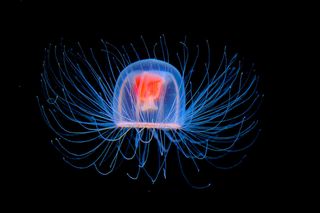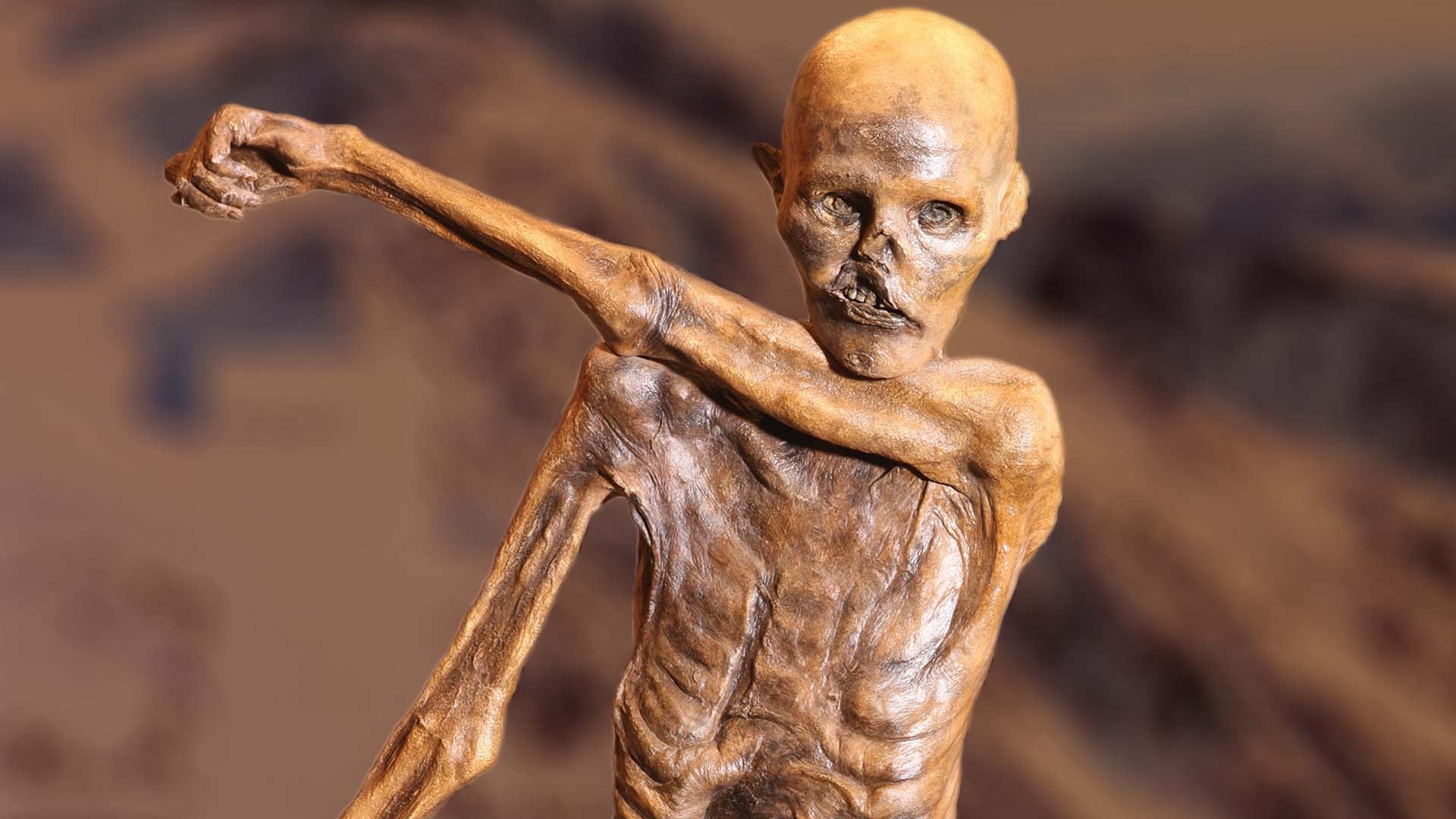Newsletter Team
The Haunted Swing By: Emma Freeman
Tasmanian Devil
The most interesting carnivorous marsupial
By:Alonso Rios
Do you find weird animals interesting? If you do, I might have an interesting animal for you! Today I want to tell you about four different interesting facts. Like where they live, what they eat, how they are nearly extinct, and where they got their name from. So without further ado let me tell you what makes these animals interesting.
The first thing I wanna talk about is their habitat: Tasmanian devils live in Tasmania, a large island just south of Australia. In fact, Tasmania is the only place where they are found in the wild. Adult Tasmanian devils are usually about the size of a small dog. They have coarse brown or black fur and a pudgy appearance that makes them look like baby bears.
The next topic I wanna talk about is what they eat. Tasmanian devils are strictly carnivorous, surviving on small prey and frequently feasting on already dead animals, called carrion. The most famous characteristic of the Tasmanian devil, though, is its feisty personality. When threatened, a devil will lunge at its attacker, shriek, howl, bare its teeth, and often spin around in circles like the cartoon Taz.
The third thing I wanna talk about is how they are close to being extinct .
Dingoes never made it to Tasmania, but across the island state a transmissible,painful and fatal disease called Devil Facial Tumor Disease (DFTD)-the only known contagious cancer-decimated up to 90% of the wild population of Taismanian Devils. Just 25,000 Devils are left in the wild of Tasmania today.
The last thing I wanna talk about is where they got their name from. The title ‘Taismanian devil came from the first European settlers who first entered the state. The large group began hearing mysterious and unearthly screams and growls from deep within the bush. These cries were far from a normal animal growl, making settlers believe they were actually evil spirits from the devil himself. Hence the name; Tasmanian Devils! In reality, these frightening screeches are actually the creatures' defence response from fear and uncertainty more than aggression.
And that is it, Thats all I wanted to talk about.I hope you found them interesting. Have a good day!!
Info:https://sightseeingtoursaustralia.com.au/tips-articles/why-is-tasmanian-devil-called-a-devil/
Info:https://kids.nationalgeographic.com/animals/mammals/facts/tasmanian-devil

The Immortal Jellyfish
By Hunter Sims
Have you ever thought about what would happen if you could reverse your age? What if I told you there was a creature that could? Oh, you don’t believe me? I don’t blame you! However, this jellyfish is fully capable of going through a sort of “reverse puberty” and turning back into a polyp to reset their biological age. Let’s dive into the wonder of the Immortal Jellyfish.
Let’s get the elephant out of the room, this thing isn’t REALLY immortal. Only biologically, which basically means under normal conditions without predation it can live forever. By doing what it did in its larva stage and turning into a polyp. A polyp is basically a jellyfish plant that grows more jellyfish. This is the only creature that we know of that can do this.
Like most things on earth, this jellyfish needs to eat. It eats normal jellyfish things, plankton, fish eggs, small mollusks. Relatively unremarkable. However, one cool thing, you see the red organ in the center? That’s it’s stomach! Yeah, I know, it’s definitely not the coolest part of the jellyfish, but I think it’s neat.
Of course, something has to put a stop to its (theoretically) infinitely long life cycle. However, I think someone’s jealous, as it’s mostly preyed on by other jellyfish! They can’t do much in return because of jellyfish’s infamously low IQ. Though, we both know who REALLY won.
In the end, this has got to be one of the coolest creatures of all time. And, we are still finding out new things about it. I honestly have no clue how animals like this aren’t acknowledged more, but I’m just doing my part in bringing light to the unique and crazy. Truly the animal kingdom never ceases to amaze me.

Pokemon By Tyler Mills
The franchise I am talking about is a multimillion dollar company and the money they get is all because of the pokemon cards, mobile games, console games and also the plushies they give to stores and arcades to sell.
In 1998, Nintendo and game freak established the
pokemon center company in order to effectively manage the pokemon center stores in japen. After the popular gold and silver they received many merchandising proposals from around the world.
Did you know that the word pokemon means pocket monsters. The pokemon company handles all of the brand management, licensing, market, the pokemon trading card game, the animated tv series, home entertainment, and the official pokemon website.
The first pokemon feature you get in the game is to pick a starter pokemon and the grass type bulbasur is the 01 pokemon in the pokedex which is also another feature in the games. And in my opinion the starters are pretty strong fully evolved.
Also in some games there are different features like in pokemon sun and moon the special feature is called a Z-move, in other games there is giant maxing in pokemon sword and shield, terastalization.
Otzi the ice man by Ava Freeman
Cali Brock
Enter Title
MY LIFE Jadore Blakeney
My name is Jadore Monique Blakeney .My birthday is Oct 22 I was born in 2013.I lived all of my life in South Carolina and I have 8 siblings and a lot of family.And a special event is my birthday coming up in a month but today is September,29,2025.I am going to get a lot money my family goes all out for our birthdays and weddings my family had a birthday all the way in Columbia and only 1 of my siblings went with me because most of my siblings don’t like to go anywhere it was fun because I never saw my uncle jeff house before but that day i was so happy because my friend has a big house and she always trying to flex and sometimes i be getting tired of her but i still love her and her mom is so nice to me.
NBA by: Raymond Chambers
The National Basketball Association (NBA) is one of the most popular and competitive sports leagues in the world. Founded in 1946, the NBA has a rich history of showcasing talented players, iconic teams, and thrilling games. With 30 teams divided into two conferences, the Eastern Conference and the Western Conference, the NBA offers a unique blend of athleticism, strategy, and entertainment. From the fast-paced action on the court to the passionate fans in the stands, the NBA has become an integral part of American sports culture.
One of the key factors that contribute to the NBA's success is its ability to attract and showcase the world's best basketball players. The league has a long history of featuring legendary players such as Michael Jordan, Kareem Abdul-Jabbar, and LeBron James, who have all left an indelible mark on the game. These players, along with many others, have helped to popularize the NBA and inspire new generations of fans. The league's commitment to showcasing talented players has also led to the development of exciting rivalries, such as the Boston Celtics and Los Angeles Lakers, which have become an integral part of the NBA's fabric.
The NBA has also been at the forefront of innovation and progress in the sports world. The league has been a leader in adopting new technologies, such as advanced analytics and virtual reality, to enhance the fan experience and improve player performance. Additionally, the NBA has been a pioneer in social justice and community outreach, with many players and teams using their platforms to raise awareness and support for important causes. The league's commitment to diversity, equity, and inclusion has also helped to break down barriers and create opportunities for players, coaches, and staff from diverse backgrounds.
In recent years, the NBA has experienced a surge in popularity, thanks in part to the rise of social media and the league's efforts to engage with fans through digital platforms. The NBA has been successful in creating a strong online presence, with millions of followers on Twitter, Instagram, and other social media platforms. The league has also invested heavily in creating engaging content, such as highlight reels and behind-the-scenes footage, which has helped to attract new fans and increase interest in the game. As a result, the NBA has become one of the most popular and recognizable sports leagues in the world, with a global following that spans across continents and cultures.
Despite its many successes, the NBA still faces challenges and controversies, such as player injuries, referee controversies, and issues related to player compensation and social justice. However, the league has consistently demonstrated its ability to adapt and evolve, and its commitment to addressing these challenges has helped to maintain its position as a leader in the sports world. As the NBA continues to grow and evolve, it is likely that the league will remain a source of excitement, inspiration, and entertainment for fans around the world. With its rich history, talented players, and commitment to innovation and progress, the NBA is poised to remain a beloved and integral part of American sports culture for generations to come.
https://en.wikipedia.org/wiki/National_Basketball_Association





